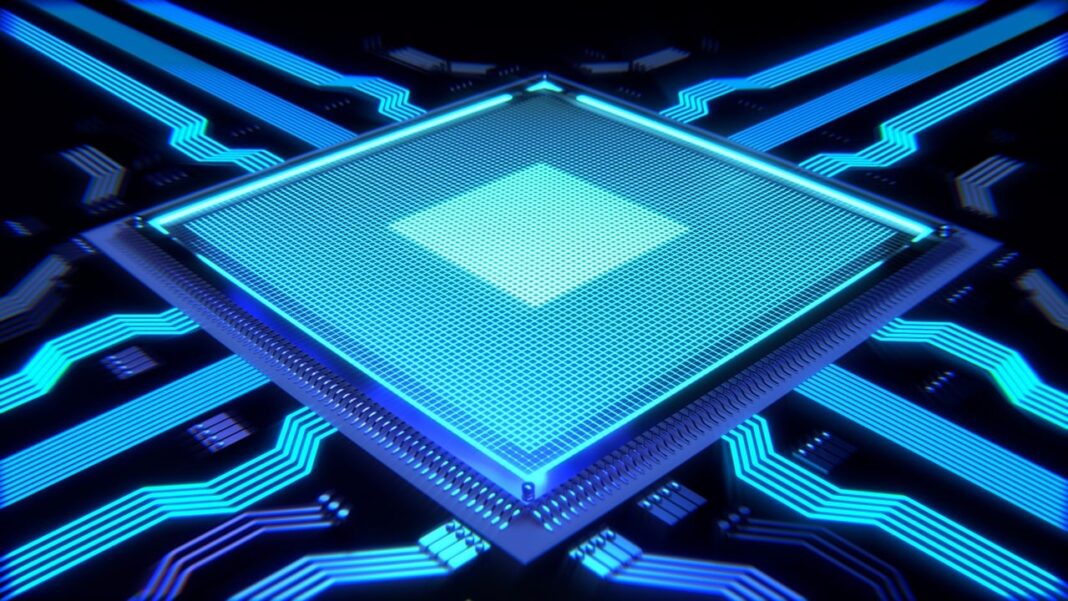Exploring GPT-5’s Features and Its Impact on AI’s Future
OpenAI Announces GPT-5 Launch: What It Means for the Future of AI
In a major development for the tech world, OpenAI has officially announced the upcoming launch of GPT-5, the next-generation version of its groundbreaking AI language model. Slated for release in the summer of 2025, GPT-5 is expected to represent a significant leap forward in artificial intelligence capabilities. Tech enthusiasts and industry experts alike are buzzing about the announcement – not only for what GPT-5 can do, but also for what it signifies in the fast-moving AI landscape. OpenAI announces GPT-5 as the next step in this AI race.
The Announcement
The Announcement: OpenAI’s CEO made the GPT-5 reveal at a recent tech conference, stating that the model had successfully passed rigorous internal safety and performance tests. This news comes roughly two years after the debut of GPT-4, which is widely used in applications from advanced chatbots to coding assistants. According to OpenAI’s brief teasers, GPT-5 will be even more powerful in understanding and generating human-like language. OpenAI announces GPT-5 as a major leap in AI capabilities. Early reports suggest improvements in the model’s reasoning abilities, memory, and adaptability. In practical terms, this means GPT-5 may produce even more coherent and context-aware responses, solve more complex problems, and greater accuracy than its predecessors. OpenAI announces GPT-5 as the most advanced model to date.
What’s New in GPT-5
What’s New in GPT-5: While detailed technical specs are still under wraps, AI researchers have high expectations since OpenAI announces GPT-5 with groundbreaking new features. One highlighted improvement is enhanced contextual understanding – the model can consider much longer passages of text and maintain context over lengthy conversations or documents. This could allow for more in-depth writing assistance or analysis of long reports and books, where the AI remembers details from earlier in the text. Another anticipated feature is better multimodal capabilities, meaning GPT-5 might handle not just text, but also images or other data formats more effectively. OpenAI has hinted at GPT-5 being able to describe images or possibly generate basic visuals from text prompts, blurring the line between language and vision in AI. If true, this integration could be revolutionary for fields like design, education, and research, where interpreting and generating content across different media is valuable.
Key expectations: longer context windows, stronger reasoning, improved instruction following, and deeper multimodal understanding. OpenAI announces GPT-5 as a breakthrough that sets new benchmarks for AI research.

Implications for Businesses and Users
Implications for Businesses and Users: The announcement of GPT-5 has serious implications for both everyday users and companies. For businesses, a smarter and more capable language model can power everything from more engaging customer service chatbots to sophisticated data analysis tools. Imagine AI assistants that can draft complex legal documents, create detailed marketing plans, or analyze financial reports with minimal human guidance – GPT-5 brings us a step closer to that reality. Early testers have noted that GPT-5’s creative writing and problem-solving skills are markedly improved, which could streamline content creation and brainstorming tasks. Companies are preparing for a new wave of AI-driven products as OpenAI announces GPT-5 with enhanced reasoning and multimodal skills, built on its API, anticipating that it will enable features that felt like science fiction only a few years ago.
For individual users, GPT-5 could make AI tutors and personal assistants far more effective. Learning a new language, for example, might be easier with an AI that can converse naturally for extended periods without losing track of the context. Developers and hobbyists are also eager to leverage GPT-5; with its enhanced capabilities, it could assist in writing complex code or even help design software architectures through natural language dialogue. However, these powerful features also raise familiar concerns about AI. OpenAI announces GPT-5 while emphasizing stronger safety and responsible AI use. Experts are already cautioning about the need for responsible use – GPT-5’s outputs will be more believable than ever, which means misinformation or deepfake text could become even harder to spot. OpenAI has emphasized that safety mitigations are built into GPT-5, including better filters to prevent harmful or biased content and more user controls to steer the AI’s behavior.
The Competitive Landscape
The Competitive Landscape: OpenAI’s announcement inevitably intensifies the AI race among tech giants. Companies like Google, Meta, and Microsoft (a major OpenAI partner) have their own advanced AI projects underway. Google, for instance, recently introduced upgrades to its PaLM language model and conversational AI, and those systems will now be measured against GPT-5’s abilities. The competition is spurring rapid innovation but also collaboration: we might see partnerships where GPT-5’s technology is integrated into widely used software platforms (as happened with GPT-4 being integrated into Microsoft’s products). This arms race in AI could bring consumers better tools faster, but it also underscores the importance of global AI guidelines – especially as these models become more powerful. Issues of data privacy, intellectual property (as these models learn from the vast text of the internet), and even potential job disruption are front of mind for policy makers. OpenAI announces GPT-5 as a defining factor in the global AI competition.
In Summary
In summary, the reveal of GPT-5 is a landmark moment in the AI & Tech world — OpenAI announces GPT-5 as a defining milestone for the industry. It showcases how far AI has advanced in a short time and hints at a future where AI is an even more ubiquitous assistant in our work and personal lives. OpenAI’s strides with GPT-5 could catalyze new innovations across industries, from healthcare to entertainment. As we await its official release, one thing is clear: the AI revolution is accelerating, and tools like GPT-5 will shape how we interact with technology in ways we are only beginning to imagine. Whether this impact is overwhelmingly positive will depend on how thoughtfully such powerful AI models are deployed. For now, excitement is running high to explore GPT-5’s capabilities and to witness the next chapter in the ever-evolving story of artificial intelligence.
Quick Templates (Copy-Paste)
1) Product/Feature Brief PromptAct as a PM. Create a 1-page brief for a new feature powered by GPT-5: problem, audience, JTBD, success metrics, risks, and a 6-week rollout plan.
2) Enterprise Risk Scan PromptAs an AI governance lead, outline risks and mitigations for deploying GPT-5 in {industry}. Cover privacy, IP, bias, model monitoring, human-in-the-loop, and incident response.
3) Multimodal Workflow PromptDesign a multimodal workflow using GPT-5 to summarize a 50-page report and explain 3 figures from included images; output an executive summary + appendix.
4) Long-Context Research PromptIngest {long document/book}. Track core themes and contradictions across chapters, and produce a 1,000-word synthesis with citations and a timeline.
Mini-FAQ
OpenAI announces GPT-5 in its official FAQ as one of the most anticipated AI milestones.
When is GPT-5 expected to launch?
According to the announcement, the release is slated for the summer of 2025.
What are the headline improvements?
Enhanced reasoning, longer context handling, better instruction following, and stronger multimodal capabilities are widely anticipated.
Will GPT-5 be multimodal?
OpenAI has hinted at improved handling of text and images, potentially enabling richer cross-media workflows.
How might businesses use GPT-5?
Customer support, content generation, analytics, document drafting, and AI-assisted coding are common use cases expected to benefit.
What about safety and governance?
OpenAI emphasizes expanded safeguards and user controls; responsible deployment still requires organizational policies and monitoring.
As OpenAI announces GPT-5, many readers may want to dive deeper into official sources and expert analyses.
Further Reading
- OpenAI — Official Blog
- OpenAI — Policies & Safety
- OpenAI — Platform & API Docs
- NIST — AI Risk Management Framework
